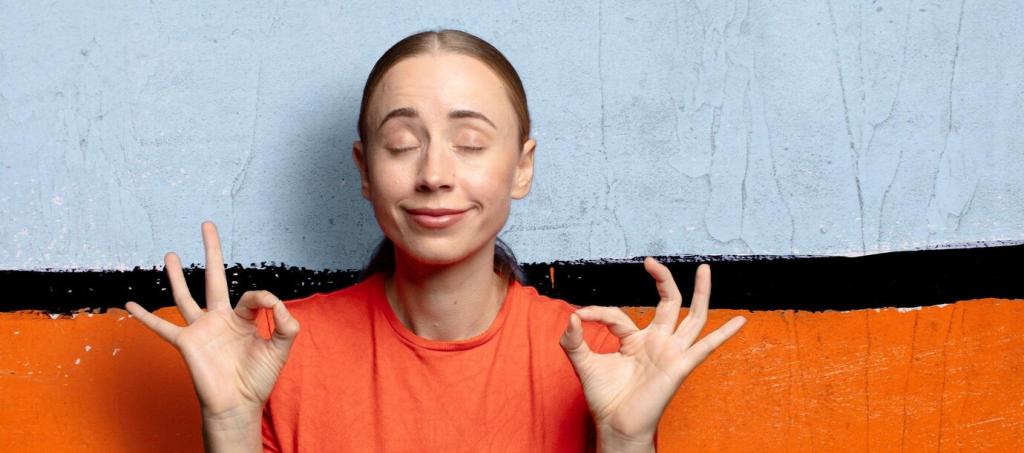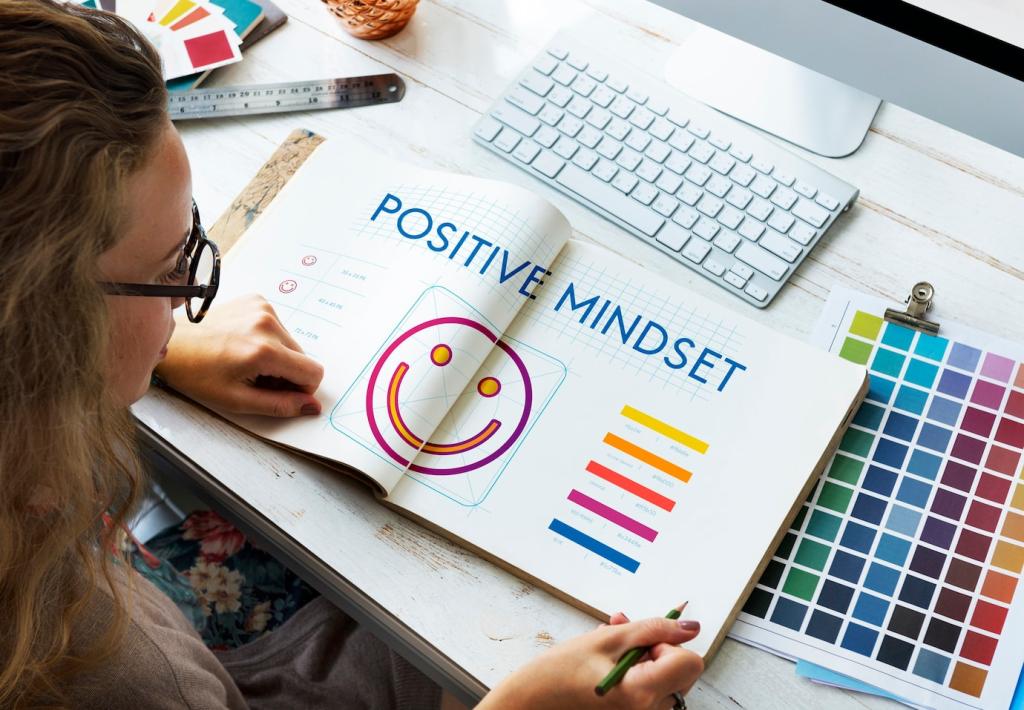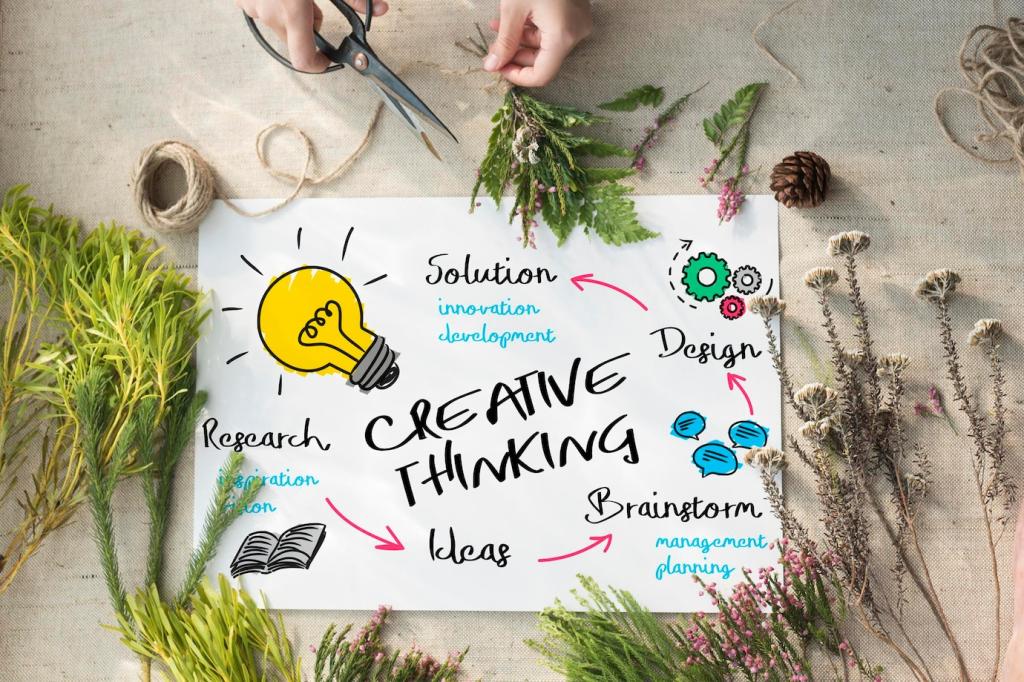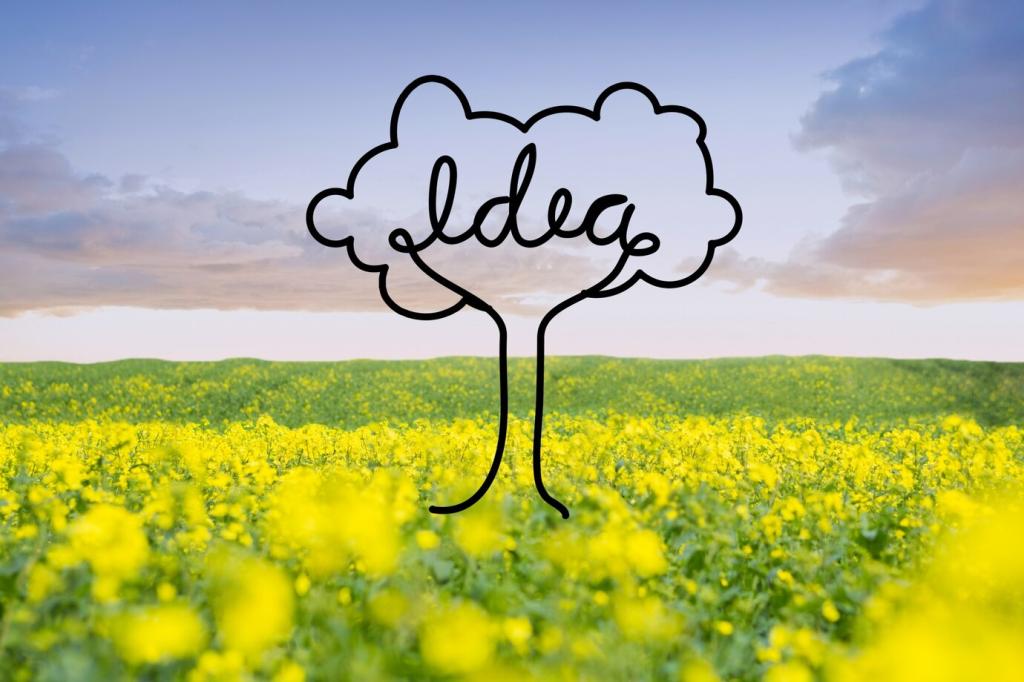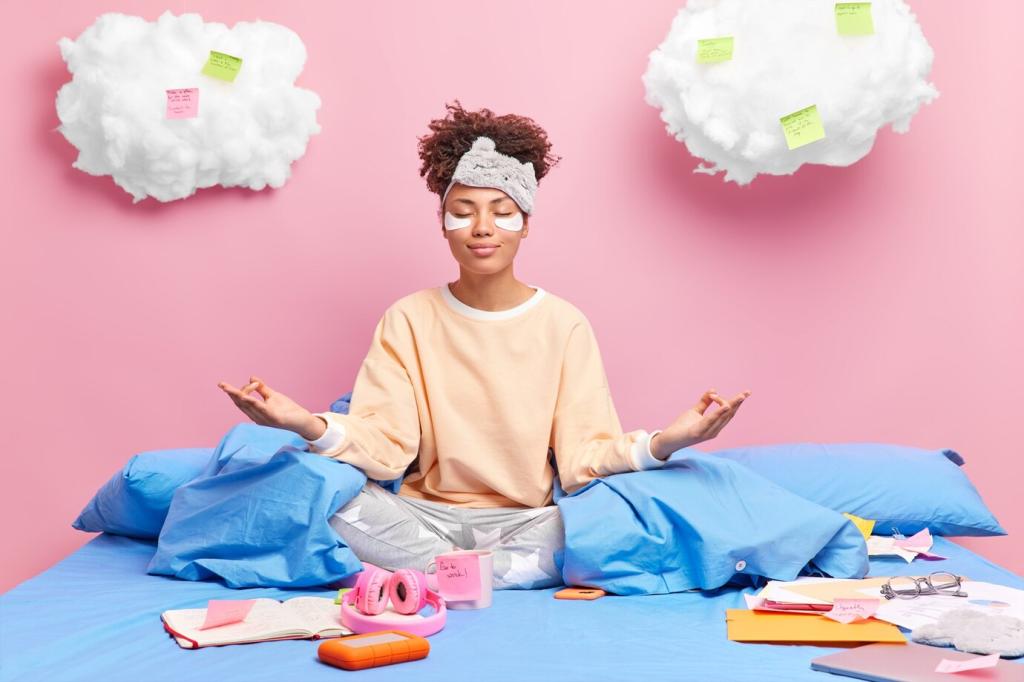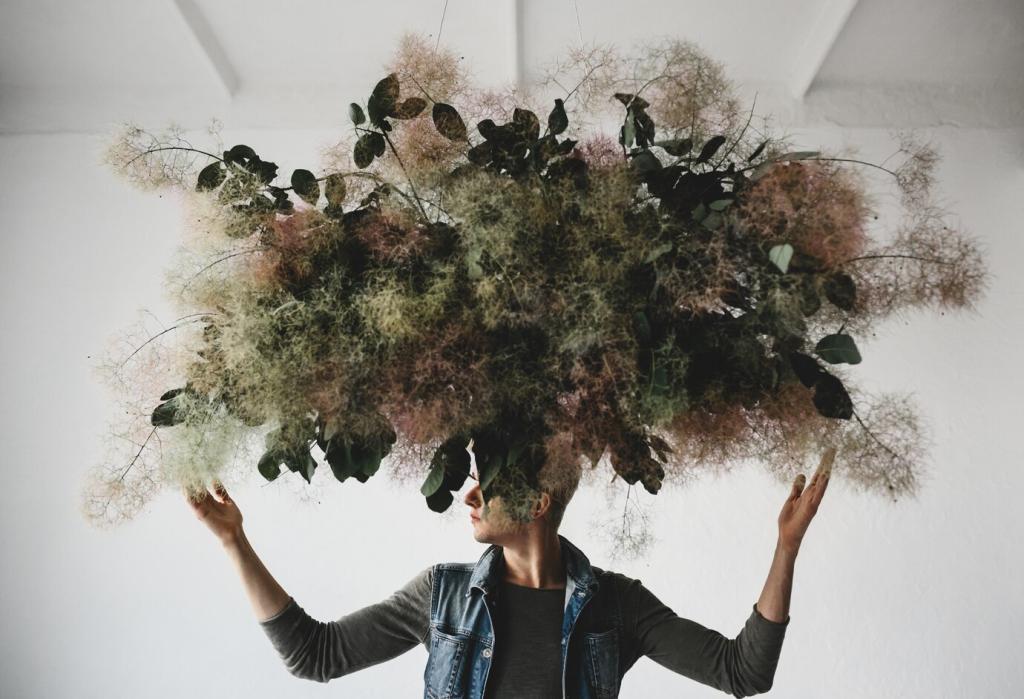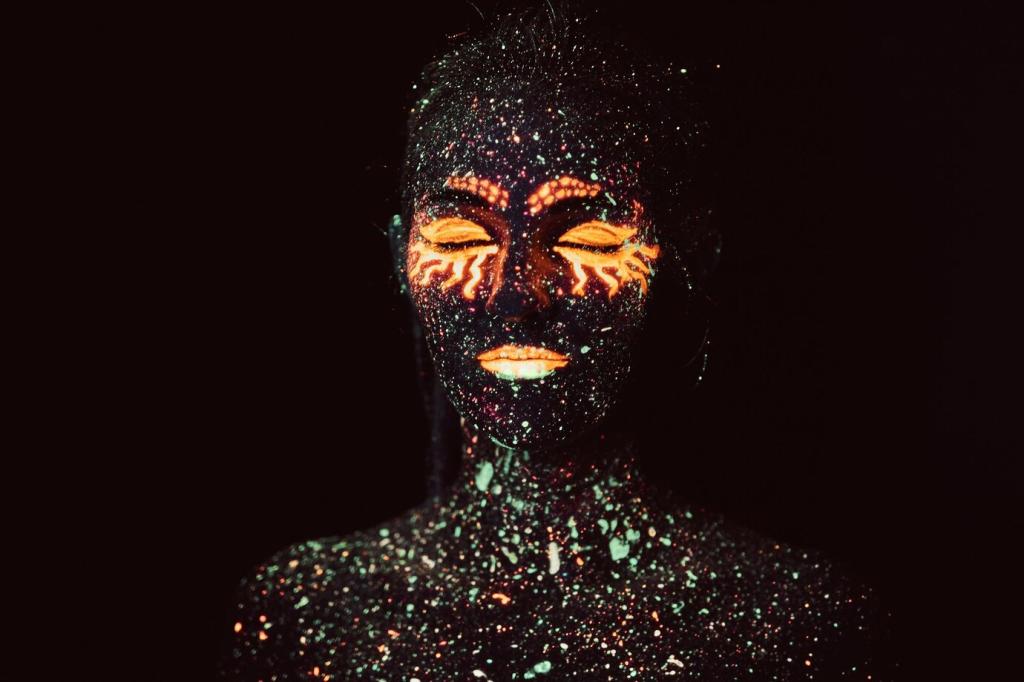Foundations of Visual Thinking
An illustrator once told me her best paintings began as one-inch boxes squeezed onto a receipt. Those tiny frames let her visualize rhythm and balance without pressure. Try posting your thumbnails today and ask for one focused suggestion.
Foundations of Visual Thinking
A mood board isn’t a collage of pretty things; it’s a compass. Select five images that anchor atmosphere, light, scale, motion, and emotion. Share your five anchors in the comments and describe which one most reshapes your concept.
Foundations of Visual Thinking
Close your eyes, picture three shapes rotating under a single light source, then open your sketchbook and map the shadows. Repeat with color temperature. Tell us which visualization made your hand move differently, and subscribe for guided warm-ups.
Foundations of Visual Thinking
Lorem ipsum dolor sit amet, consectetur adipiscing elit. Ut elit tellus, luctus nec ullamcorper mattis, pulvinar dapibus leo.

